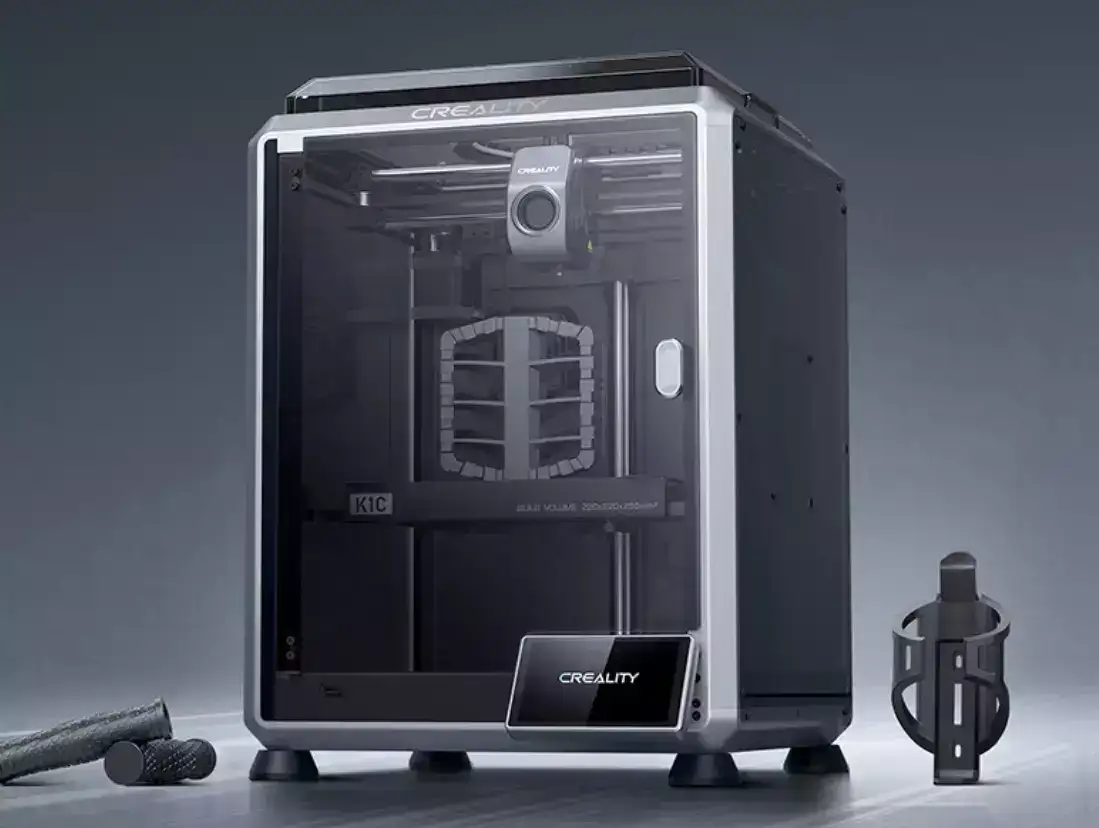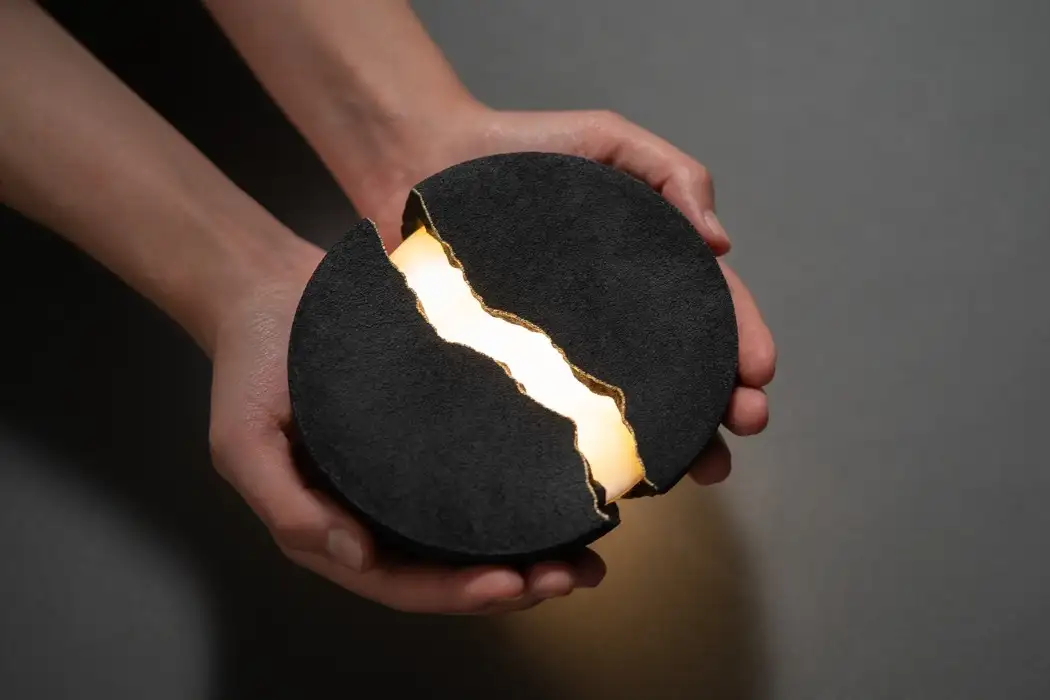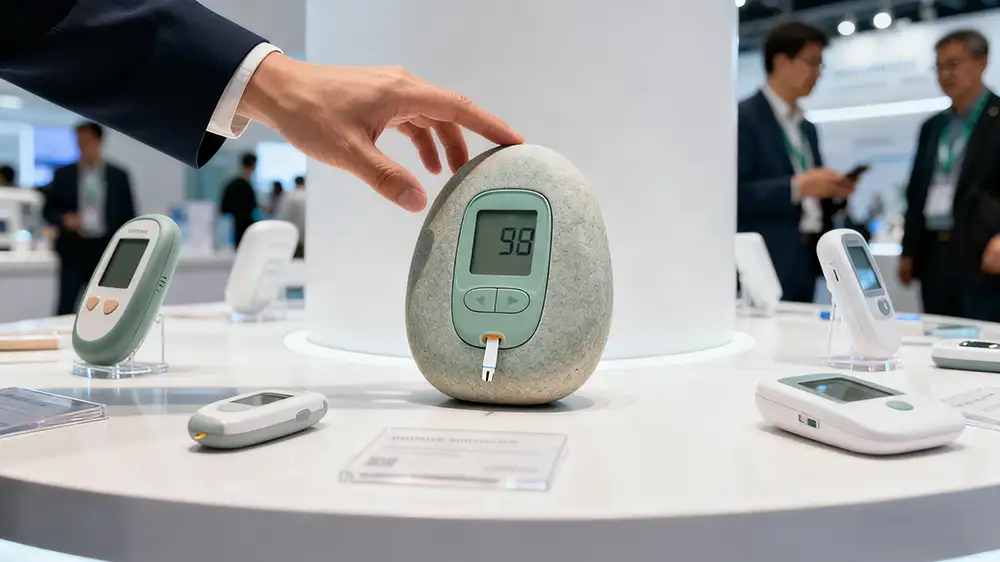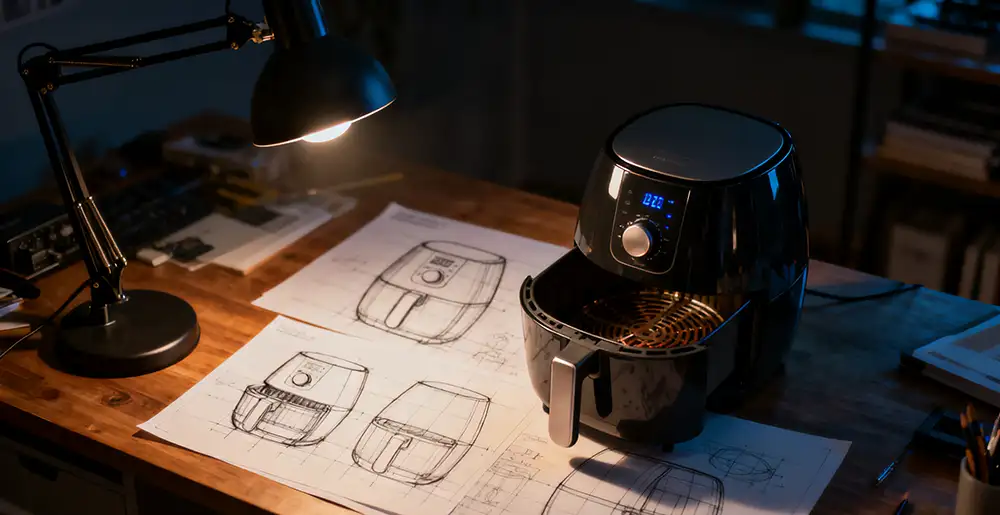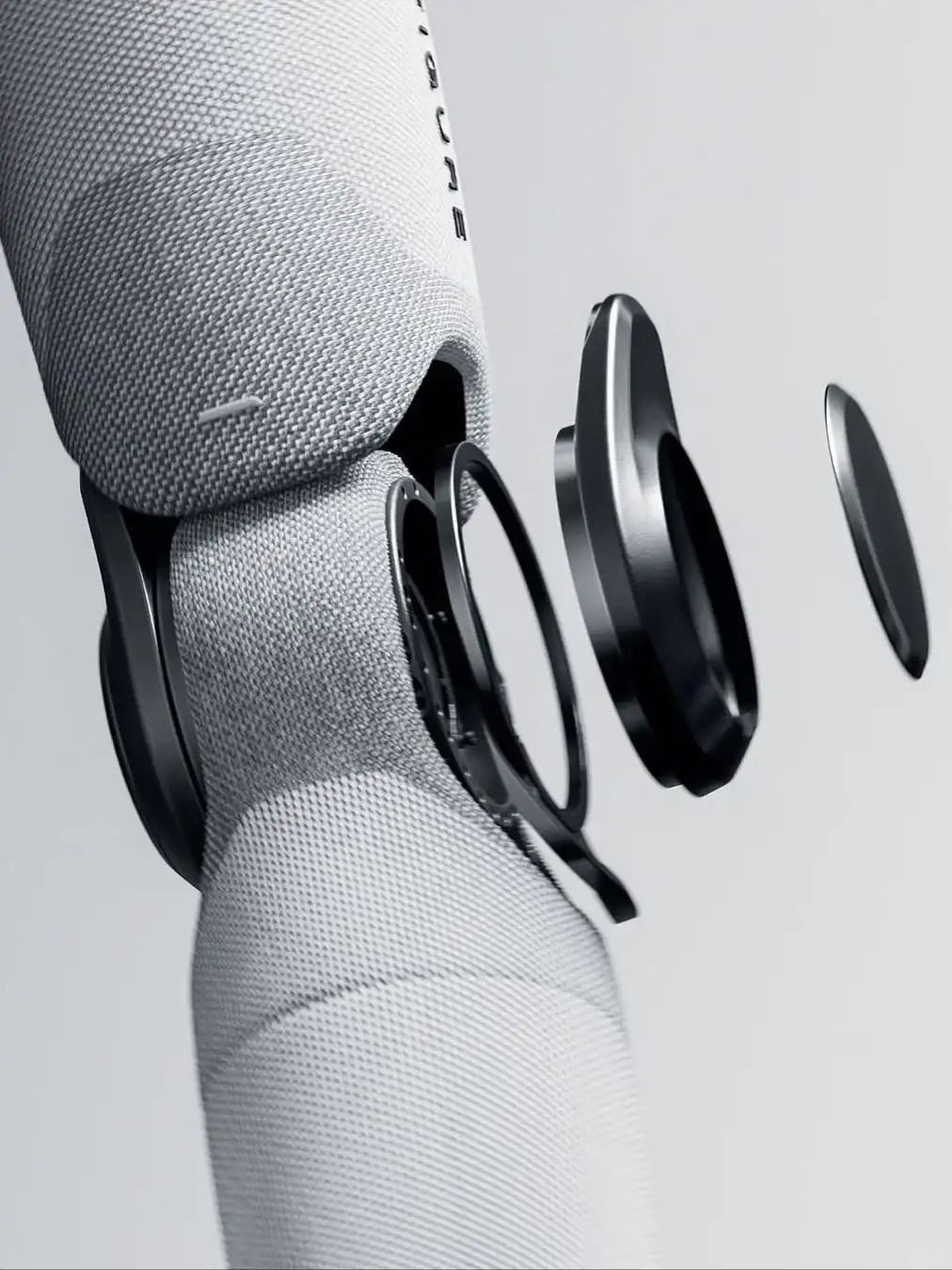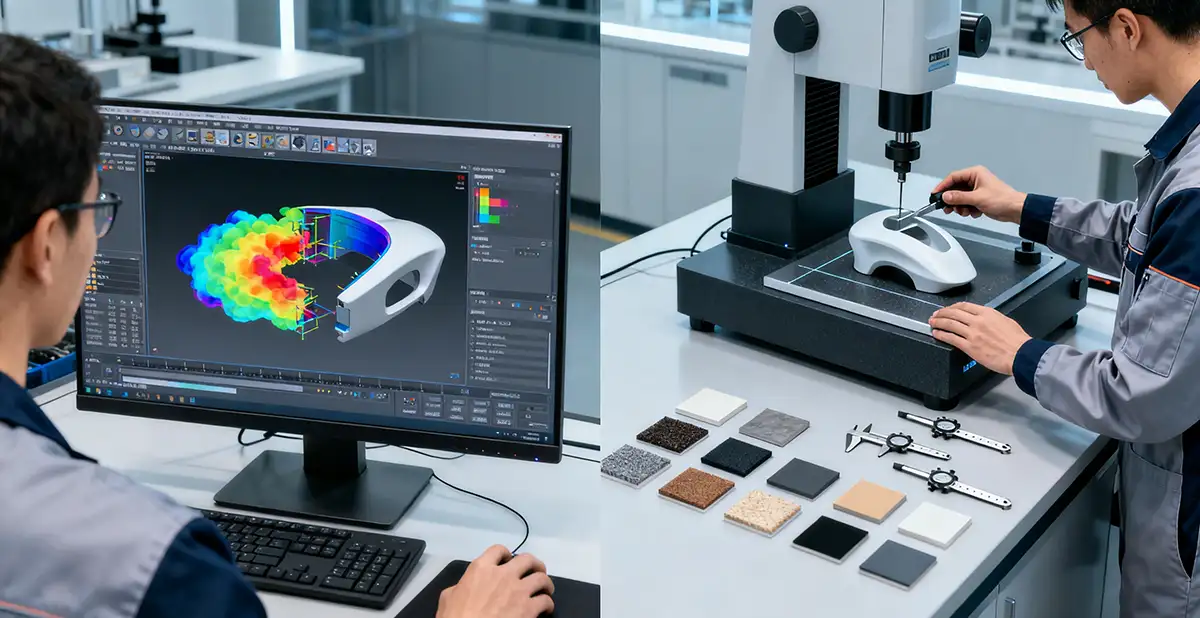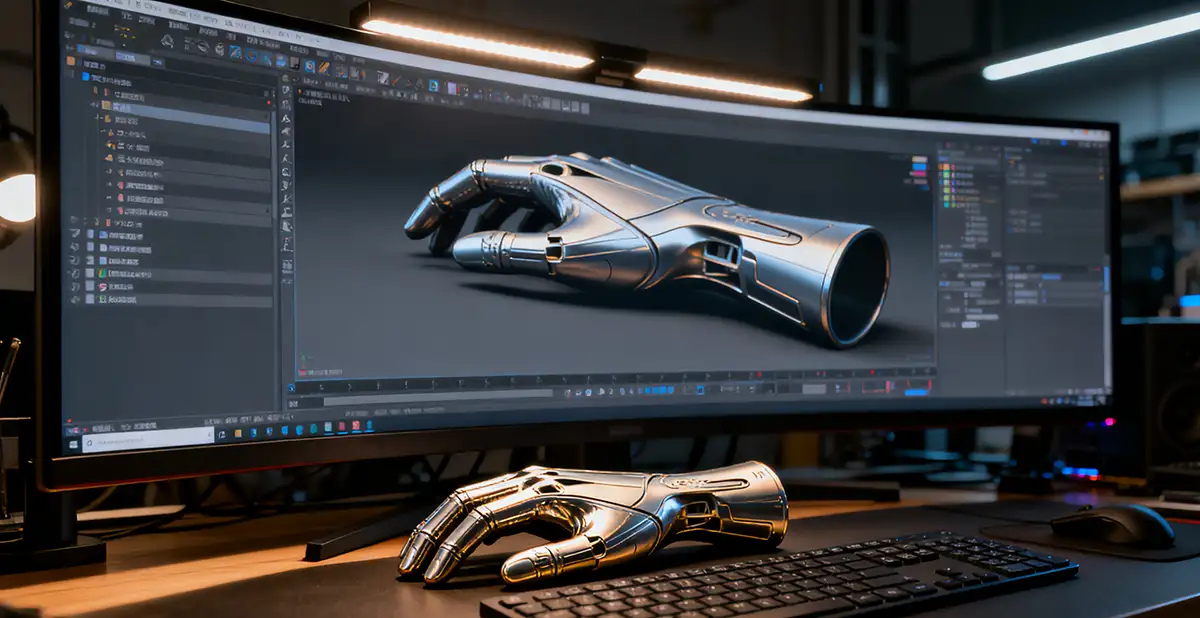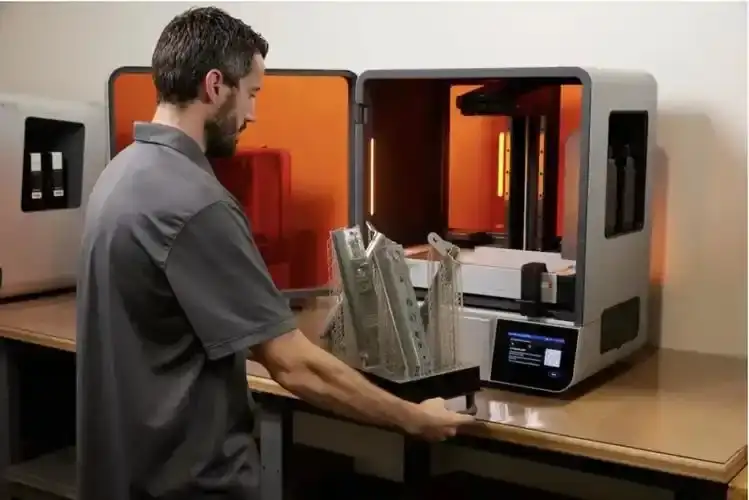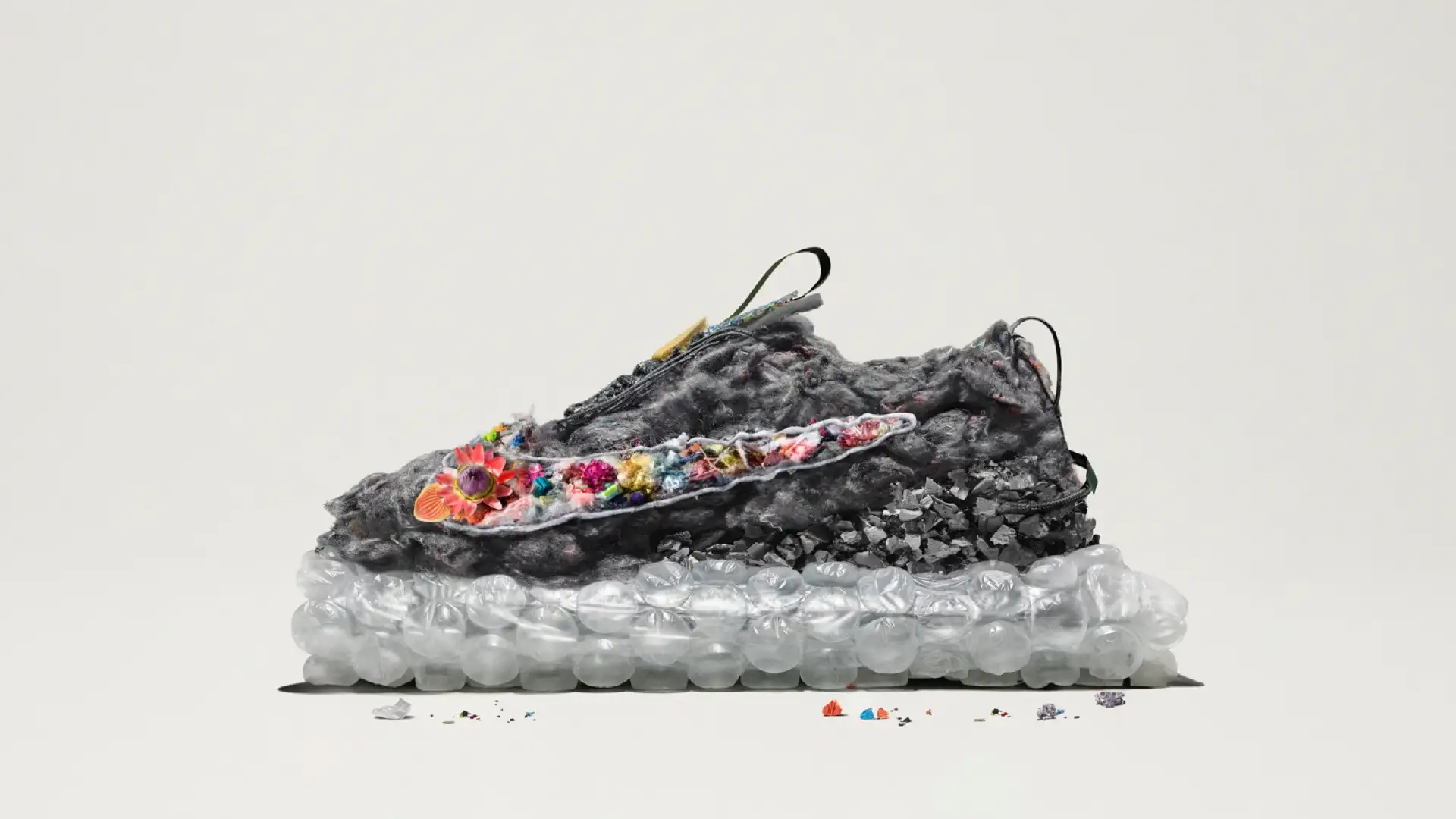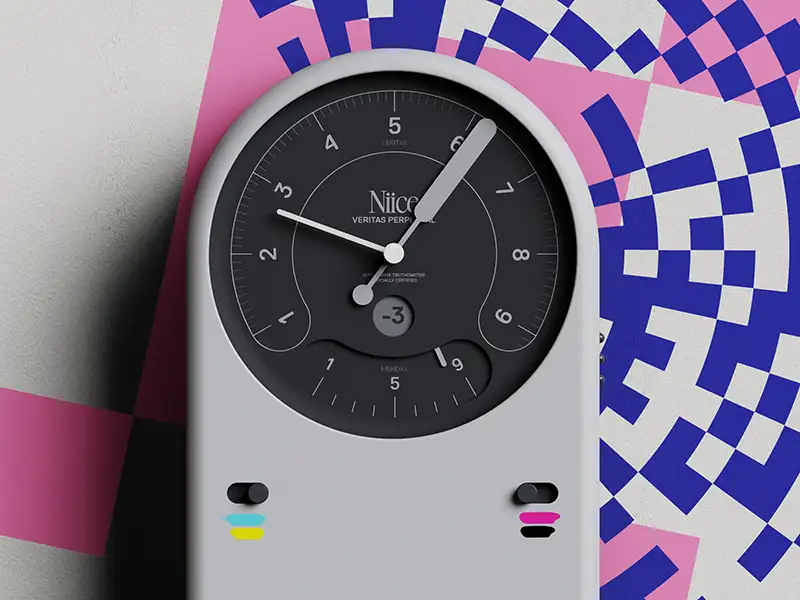NINEIDEA:凌晨一点的华强北,依然有档口亮着灯。几个年轻人围着一台3D打印机,看着一个新设计的耳机外壳慢慢成型。空气中弥漫着塑料加热的味道,还有某种更强烈的东西——焦虑与野心混合的气息。这是深圳做产品设计的日常。在这里,设计不只是画图,而是一场关于生存的智慧。
@NINEIDEA九号创新 www.nineidea.com
法则一:图纸不能离开地面超过三米
张工在南山科技园有间工作室,墙上挂着的不是设计奖项,而是一张被翻得发皱的深圳地图。上面用红笔密密麻麻标注着各个工厂的位置——西乡的模具厂,龙华的喷涂线,光明的结构件供应商。
“你的设计再漂亮,”他说,“如果龙华的老师傅看一眼就说做不了,那就是一张废纸。”他有个坚持了十年的习惯:每周至少去一次工厂,不是为了催进度,而是去听老师傅骂人。“被骂得最狠的那个细节,往往就是问题所在。”
法则二:速度是一种肌肉记忆
在深圳,没人谈论“快速迭代”,因为快是默认设置。
有个经典故事:一位海外客户周一下午提出修改意见,周三早上就看到新样品时,难以置信地问:“你们是不是早就做好了?”他不知道的是,设计师接到反馈后,直接在到处都有的咖啡厅找了个位置改图,不远处的快速模型作坊彻夜未亮着灯。
这种速度不是靠加班,而是靠这座城市特有的节奏感——当你身边的所有人都在小跑,你很难慢悠悠地散步。
法则三:在0.1毫米里找自由
李琳是位CMF设计师,她的工作是在各种限制中寻找可能性。“成本不能超过三块,要耐刮,还要有玉石质感”——接到这样的需求时,她不会说“做不到”,而是带着样品跑到材料市场,和供应商一起在几十种涂层里寻找那个微妙的平衡点。
“深圳设计师最懂什么叫‘带着镣铐跳舞’,”她说,“但真正的高手,能把镣铐变成舞蹈的一部分。”
法则四:忘记“设计师”这个头衔
在这里,最受尊敬的设计师往往是最不像设计师的那群人。他们懂结构,懂工艺,甚至能看懂基本的电路图。在宝安某个硬件创业团队里,首席设计师的工位上放着万用表和示波器。“当你理解电流的走向,”他说,“你画的每条线都会不一样。”
法则五:保持饥饿,保持务实
晚上十点,科兴科学园的咖啡馆里依然坐满了人。他们讨论的不是形而上的设计理念,而是更现实的话题:这个倒角能不能再省五毛钱成本?那个结构能不能少一个螺丝?这里的每个人都知道,美丽不能当饭吃,但能把饭卖得更贵。
这就是深圳产品设计师的生存状态——一半是艺术家,一半是商人;一边仰望星空,一边双脚牢牢扎在工厂车间里。他们明白,在这座城市,好的设计不仅要能打动人,更要能准确地从生产线上走下来,走进千家万户。
凌晨两点的深圳,又有一批新设计正在变成实物。这不是梦想的终点,而是梦想真正开始的地方——在这里,每个想法都必须经历现实的洗礼,而能活下来的,都带着这座城市的印记:务实、敏捷,永远在进化。
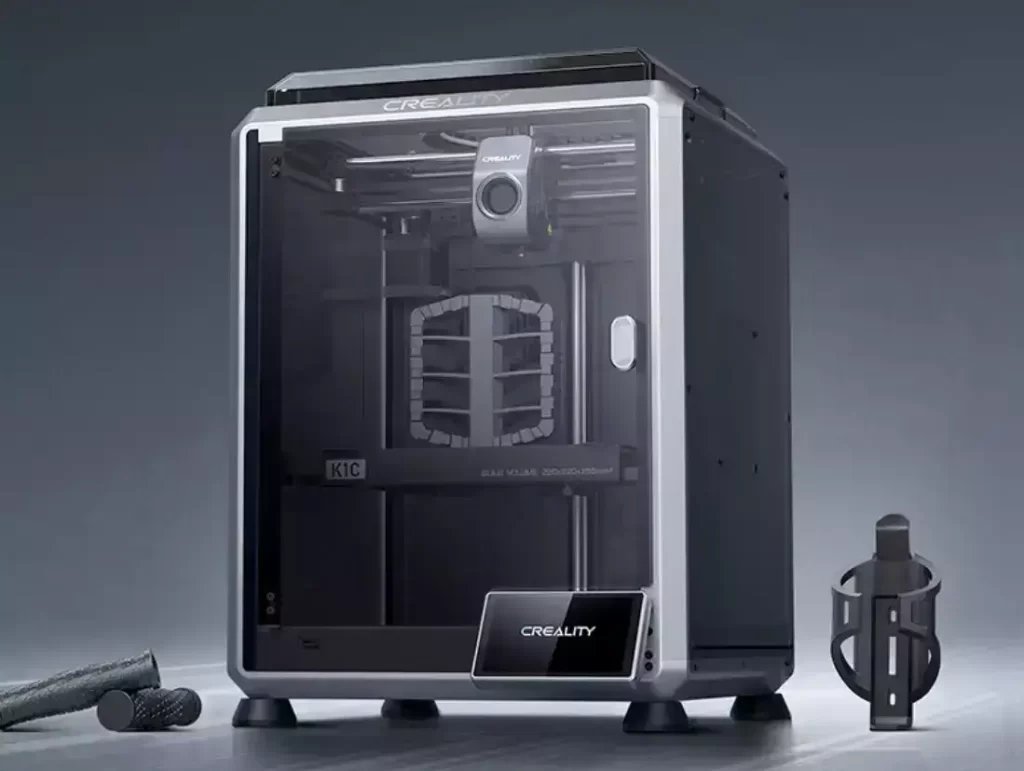
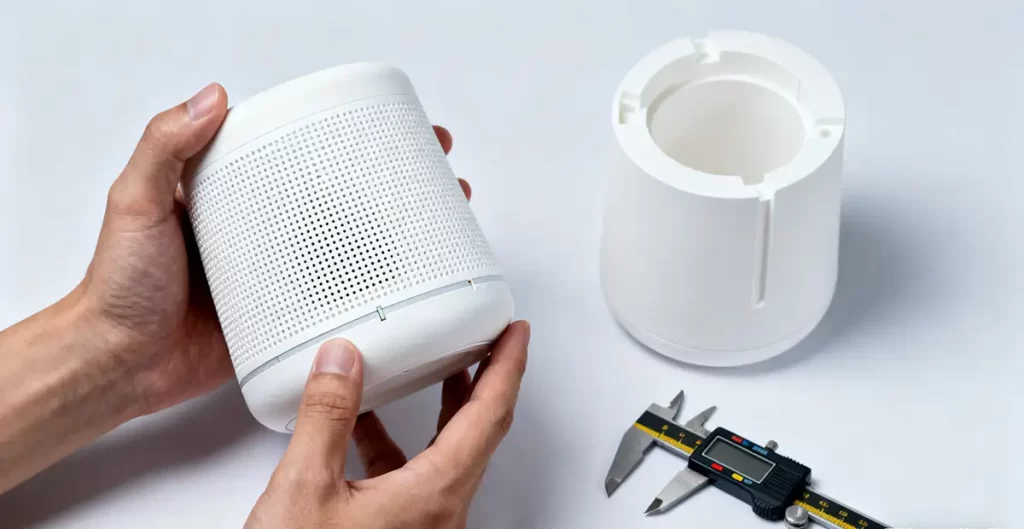

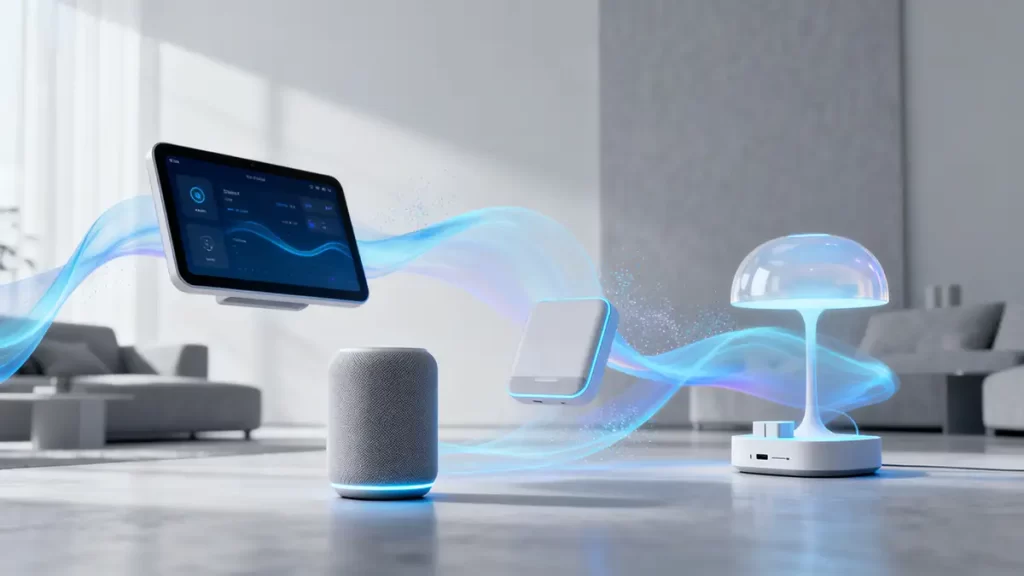
Five survival rules for product design in Shenzhen
NINEIDEA: At one o’clock in the morning in Huaqiang North, there are still stalls with lights on. Several young people gathered around a 3D printer, watching as a newly designed headphone case slowly took shape. The air was filled with the smell of plastic heating and something even stronger – a mixture of anxiety and ambition. This is the daily routine of product design in Shenzhen. Here, design is not just drawing, but a wisdom about survival.
Rule 1: The drawing cannot be more than three meters off the ground
Zhang has a studio in Nanshan Science and Technology Park, and the one hanging on the wall is not a design award, but a crumpled map of Shenzhen. Above, the locations of various factories are densely marked with red pens – the mold factory in Xixiang, the spraying line in Longhua, and the structural component supplier in Guangming.
No matter how beautiful your design is, “he said,” if the master at Longhua just looks at it and says it can’t be done, it’s just a piece of waste paper. “He has a habit that he has persisted in for ten years: going to the factory at least once a week, not to push for progress, but to listen to the master curse. The most harshly criticized detail is often where the problem lies
Rule 2: Speed is a muscle memory
In Shenzhen, no one talks about “fast iteration” because fast is the default setting.
There is a classic story: an overseas client proposed modifications on Monday afternoon, and on Wednesday morning, when he saw the new sample, he asked incredulously, “Did you finish it a long time ago?” What he didn’t know was that after receiving feedback, the designer directly found a location in coffee shops everywhere to modify the drawing, and the nearby rapid model workshop didn’t light up all night.
This speed is not achieved through overtime, but through the unique rhythm of this city – when everyone around you is jogging, it’s difficult to take a leisurely walk.
Rule 3: Find Freedom within 0.1 Millimeters
Li Lin is a CMF designer whose job is to explore possibilities within various constraints. The cost cannot exceed three yuan, it needs to be scratch resistant and have a jade texture “- when she receives such a demand, she does not say” cannot do it “, but takes samples to the material market and works with suppliers to find the subtle balance point among dozens of coatings.
Shenzhen designers know best what ‘dancing with shackles’ means, “she said,” but true masters can turn shackles into a part of dance
Rule 4: Forget the title of “designer”
Here, the most respected designers are often the group of people who are the least like designers. They understand structure, craftsmanship, and even basic circuit diagrams. In a hardware startup team in Bao’an, the chief designer’s workstation is equipped with a multimeter and oscilloscope. When you understand the direction of the current, “he said,” every line you draw will be different
Rule 5: Stay hungry and pragmatic
At ten o’clock in the evening, the caf é in Kexing Science Park was still filled with people. They are not discussing metaphysical design concepts, but a more practical topic: can this chamfer save another 50 cents in cost? Can that structure be missing one screw? Everyone here knows that beauty cannot be eaten as food, but it can sell food at a higher price.
This is the survival state of Shenzhen product designers – half are artists, half are businessmen; While gazing up at the starry sky, my feet were firmly rooted in the factory workshop. They understand that in this city, good design not only needs to impress people, but also needs to be able to accurately walk down the production line and enter thousands of households.
At 2 o’clock in the morning in Shenzhen, another batch of new designs are being turned into physical objects. This is not the end of dreams, but the place where dreams truly begin – here, every idea must undergo the baptism of reality, and those who can survive carry the imprint of this city: pragmatic, agile, and always evolving.













